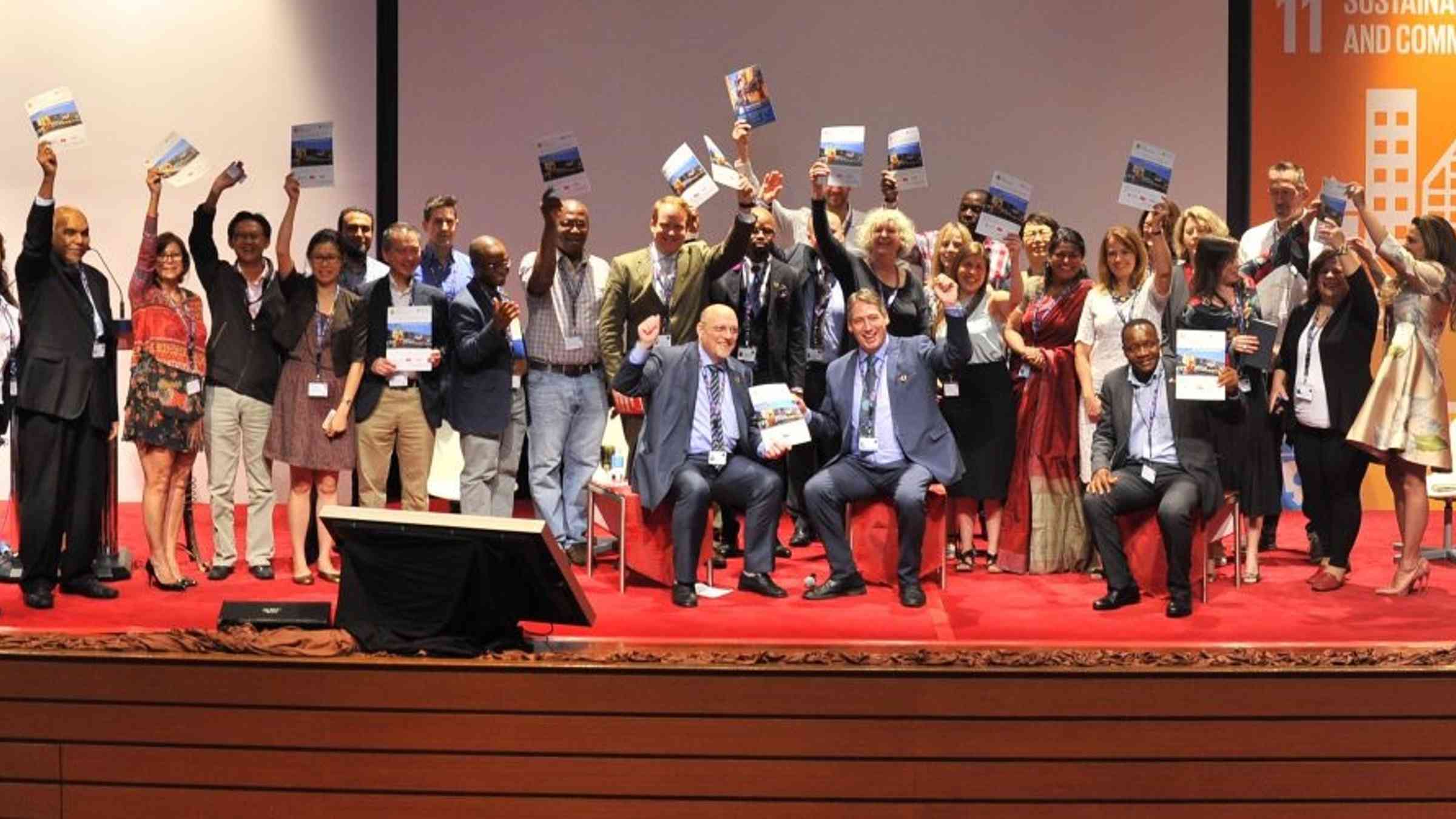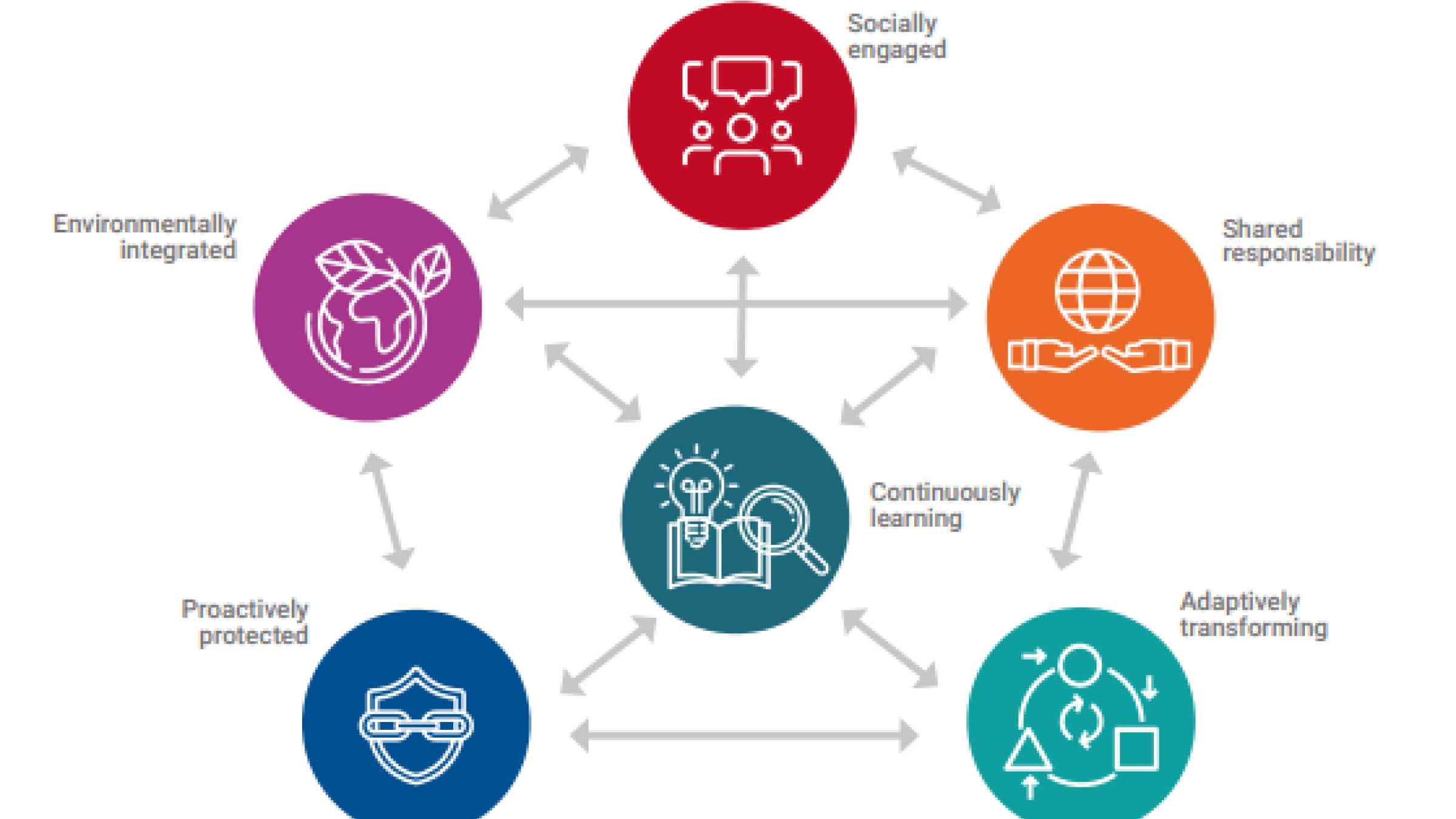From risk to resilience: An award winning scorecard for disaster-proofing critical assets

Better decision-making around disaster risk requires a deeper understanding of the complexities and the relationship between risk and resilience actions across communities and countries. Effective resilience planning can significantly reduce the impacts of hazards, such as floods and droughts, on vulnerable populations. By creating more resilient infrastructure ecosystems and supply chains, exposure and vulnerability to hazards can be minimized.
In Australia, a collaboration between Queensland Investment Corporation (QIC) and engineering, design and advisory company, Aurecon, showcased the importance of continuously assessing the resilience of key infrastructure assets. Applying the Principles for Resilient Infrastructure Scorecard, a tool developed by the United Nations Office for Disaster Risk Reduction (UNDRR), they conducted resilience assessments for two key assets in the state of Queensland-the Port of Brisbane and Silverton Wind Farm. These assessments helped identify disaster risk reduction strategies, leading to both organizations and the Port of Brisbane receiving the Resilient Australia Business Award (Queensland Division) from the Australia Institute for Disaster Resilience, demonstrating the effectiveness of the tool in practical applications.
UNDRR developed the Principles for Resilient Infrastructure Scorecard to help countries to assess the state of their infrastructure resilience and to identify resilience gaps, providing targeted solutions to enhance resilient infrastructure. Those have been developed as global public goods and UNDRR is ready to collaborate with interested stakeholders to apply its related scorecard to assess specific infrastructure systems and assets.
The Principles for Resilient Infrastructure Scorecard supports the implementation of the United Nations Sustainable Development Goals (SDGs), and the Sendai Framework for Disaster Risk Reduction 2015-2030 - seven global targets to reduce hazard exposure and vulnerability globally. Using a structured set of guidelines, the scorecard enables companies and governments to establish a baseline for the resilience of their assets, identify risks, and prioritize improvements. This proactive approach allows for smarter investments in disaster-proofing infrastructure, safeguarding communities and economies from future hazards.
UNDRR Scorecard for assessing systemic resilience
The scorecard uses a set of principles, key actions, and guidelines to create net resilience gain and improve the continuity of essential services to function effectively.

- Continuously Learning: Understand and manage the interdependencies and correlations in an infrastructure network
- Proactively Protected: Determine and increase the level of hazard/threat preparedness and response
- Environmentally integrated: Integrate natural environment implications into infrastructure planning and management
- Socially Engaged: Empower communities to participate in infrastructure resilience and disaster prevention
- Shared Responsibility: Improve information sharing for coordinated benefits
- Adaptively Transforming: Critical assets are designed to operate comfortably in hazardous conditions and during extreme disruption event